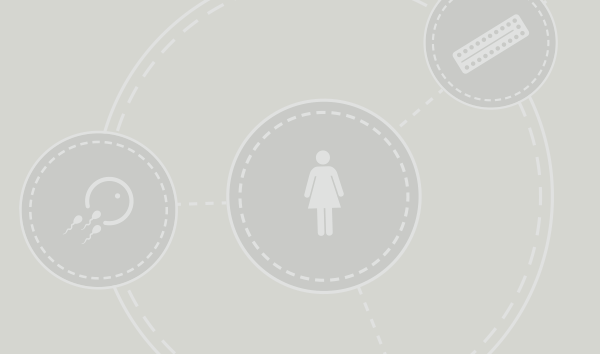Nov 06

Help Us Protect Access to Sexual and Reproductive Health Care Today!
By Lakshmi Sundaresan, MD Polycystic Ovary Syndrome (PCOS) is a common endocrinological phenomenon, often manifesting with symptoms of irregular periods, coarse facial/terminal hair, and glucose intolerance.¹ Conventionally, treatments for PCOS are tailored to the manifestations of hyperandrogenism, insulin resistance, and menstrual irregularities that patients experience. In 2023, the International PCOS practice guidelines were updated to…
By Silpa Srinivasulu, MPH Increasing access to accurate, easy-to-understand information about contraception can help people take action and make informed health care decisions. RHAP develops its patient education materials to ensure they are easily understood and actionable. We follow the International Patient Decision Aid Standards (IPDAS)* to produce quality materials that: Provide facts about contraception,…
By Rachel Chisausky, DO Do hormonal contraceptives affect mood? Studies in a general population yield conflicting results, showing decreased, increased, or unchanged depression scores.¹ Limitations of current data include few randomized control trials, small sample sizes, the possible conflation of psychosocial factors associated with contraception initiation, the predominant focus on combined oral contraceptives (COCs), and…
By Lori Atkinson, MD and Maya Bass, MD MA FAAFP With the increased use of long-acting reversible contraception, clinicians are more likely to encounter difficult intrauterine device (IUD) insertions and removals in their practice. Below are a few strategies and techniques to help troubleshoot these procedures. Difficult IUD Insertions IUD insertions are most commonly…
Written by Maddie Fowler, Spark Dariy, Amy Stone Last month’s Pearl discussed key practices of consent. Here, we share unique considerations for those with physical disabilities, intellectual and developmental disabilities (IDD) or cognitive impairment, non-speaking patients, and deaf patients. Physical Disability People with physical disabilities may require additional assistance during the exam. Without making assumptions,…
Written by Maddie Fowler, Spark Dariy, Amy Stone Many disabled people have been systematically disempowered and taught to prioritize compliance over self-advocacy. People with disabilities experience sexual assault at over three times the rate of nondisabled people, rising to seven times the rate in people with intellectual and developmental disabilities (IDD).¹ Therefore, it is critical…
Written by Angeline Ti Two contraceptive patches are currently available in the United States: one containing norelgestromin (NGMN) 150 mcg/day with ethinyl estradiol (EE) 35 mcg/day (Xulane1 or the generic Zafemy2) and a newer one containing levonorgestrel (LNG) 120 mcg/day and EE 30 mcg/day (Twirla3). When prescribing the patch for patients with larger bodies, there…
Written by Samantha Hyacinth When we think of the pelvic exam, many of us picture a person lying on their back on an exam table with their heels in foot rests or leg rests, known as the lithotomy position. For some people, this position is not physically possible or comfortable.* There are many conditions that…
Written by Partners in Contraceptive Choice and Knowledge (PICCK) Prenatal care visits and the delivery stay are the optimal times to address postpartum contraception. Waiting until a postpartum visit to discuss a contraception plan is not sufficient, as 50% of people have sex before six weeks postpartum¹⁻² and 40% do not come to this visit.³…
This is an updated version of our September 2022 Contraceptive Pearl written by H. Reeve Bright, with updates written by Ruth Lesnewski. You can read September 2022’s Contraceptive Pearl on our website. Over-the-counter (OTC) oral contraceptive pills (OCPs) are available in over 100 countries. Requiring a prescription for OCPs creates access barriers, especially for the…
Your gift allows us to train and support health care providers across the United States so they can offer patients compassionate and comprehensive care.
Nov 06
